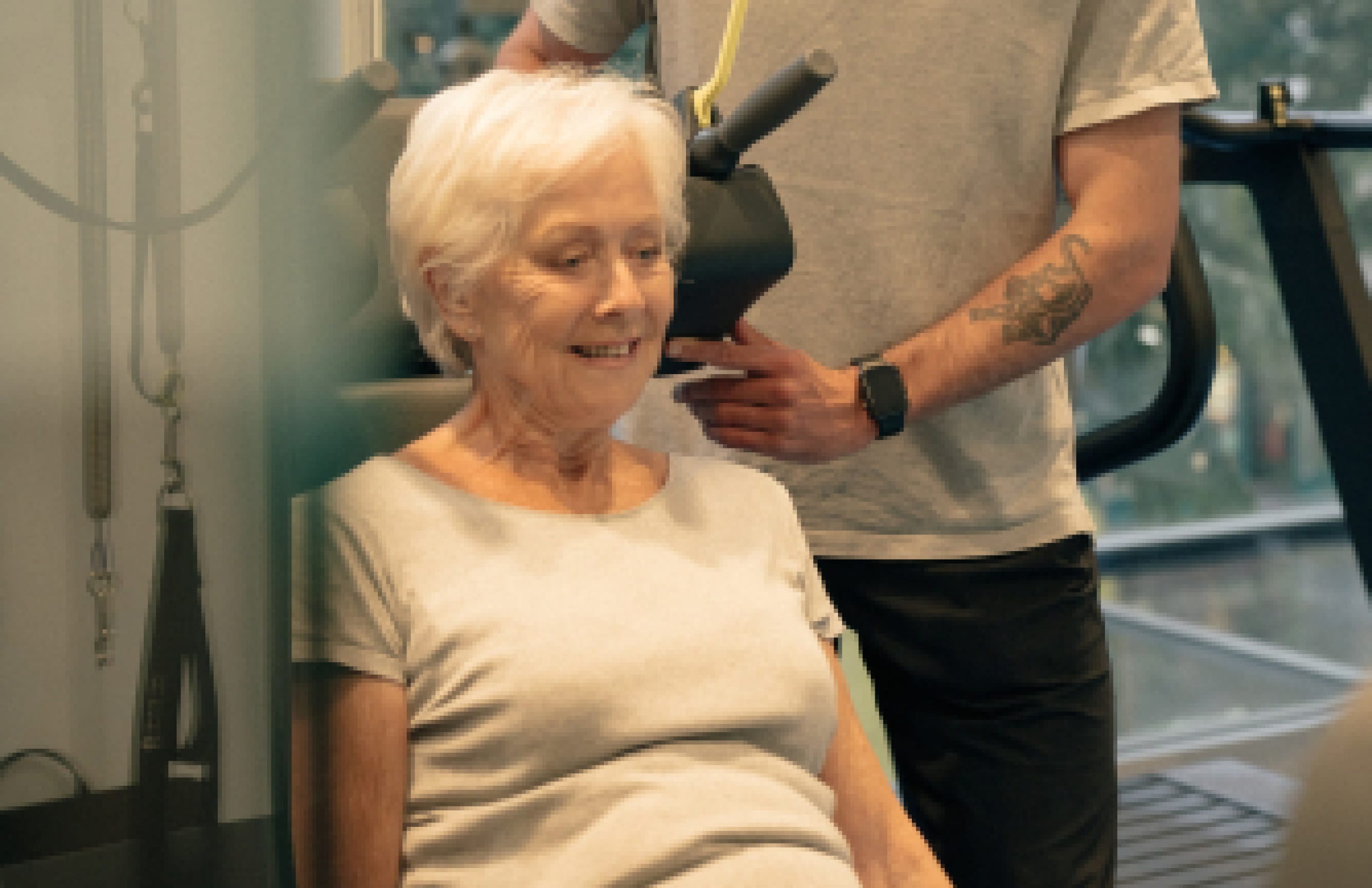Understanding Back Pain: Causes, Treatments, and Expert Insights

Claire Small
Chief Clinical Officer & Consultant Physiotherapist
- 22 January, 2020
- Back Pain
- 4 min read
Understanding Back Pain: Causes, Treatments, and Expert Insights

Last week, two articles appeared in the Economist describing the immense cost of back pain to society both financially and as the leading cause of disability measured by the number of years lived in poor health. The articles quoted a number of the world’s leading experts on pain and made some excellent points, substantiated by research evidence, that should be more widely publicised. These include:
- Back pain is not under treated, but it is very badly treated in many instances. People are given dangerous and inappropriate opioid painkillers, unnecessary MRI scans and in some cases undertaking ineffective surgery.
- Medical students and many GPs receive inadequate training in most musculoskeletal conditions, including back pain, yet it is often the GP who is the first point of contact for patients.
- Health care systems, including insurers, are set up to fund inappropriate treatments like scans and surgery, but do not adequately support patient management with treatments known to be effective such as manual therapy, exercise and education.
- Patients and the public have a poor and often completely wrong understanding of what causes back pain and what needs to be done to help manage it for each individual. One of the biggest requirements is to educate people that the changes and pathology seen on MRI scans and X-rays correlate very badly with the causes of people’s pain.
This was depressing reading for me. I have worked in clinical practice for nearly 30 years, attending courses and conferences, and reading literature to improve and develop my understanding of “back pain”. I put “back pain” in inverted commas as it is widely accepted that back pain is multi-factorial, due to a combination of physical, psychological and social factors unique to the individual. This was one important point that the articles failed to highlight. The articles talk about back pain being caused by altered pain processing in the brain, and while this is a scientifically substantiated factor in some cases of back pain, it is not the cause of all back pain, any more than what is seen on a scan is the cause of a person’s pain.
Every person with back pain has a different combination of factors that need to be addressed in order to achieve a successful outcome. For this reason, they need to be managed by clinicians with expertise in this area. In my 30-year career, I have also done a lot of teaching and lecturing on the assessment and management of back pain to Physiotherapists, Doctors, Osteopaths, Chiropractors, and Strength & Conditioning Coaches. I talk regularly about the need for consistent messages to patients and approaches to management, so patients can have faith in the information and suggested management plan they are being provided with, and don’t feel they are being “fobbed off” by a GP who says an MRI is not needed or a physio who says a referral to see a surgeon is not appropriate.
Recently I attended the World Congress on Pelvic and Low Back Pain, where all of this information was discussed. The audience, a complete mix of all the disciplines involved in managing back pain, was full of people nodding their heads in agreement, which is when I realised how much time clinicians and researchers spend preaching to the converted. We need to spread the message further to other clinicians, patients, their families and friends.
To begin to solve “the problem of back pain”, we need to do the following things:
- Ensure that the clinicians who manage people with low back pain are experts in this field and can provide accurate information and management advice. People need to see clinicians who really know and understand the evidence about back pain and can discuss this confidently with patients. These clinicians need to be easy for patients to access as First Contact Practitioners (FCPs), whether in the NHS or private medicine. There is a big push for physios to work as FCPs in GP surgeries, but we need to ensure they have the skills and expertise necessary to manage this challenging group of conditions.
- Ensure that the information provided to patients is consistent across all medical disciplines. Having clinicians work together in A&E departments, GP surgeries and private clinics provides the opportunity for discussion and information sharing that will help with this.
- Ensure that the information published by newspapers, magazines and online is accurate. This is a huge issue and probably unsolvable in itself. Newspapers like sensational stories and want to be writing about the latest fads, and the internet is full of people promoting unproven treatments and outdated information.
- Ensure that clinicians are delivering educational sessions to patients and the public that contain scientifically substantiated and consistent information on back pain – and try and spread this information far and wide. I regularly give a presentation to corporate groups entitled Back Pain: The Facts and the Fiction. It is fascinating to see the looks of amazement on people’s faces when you dispel some of the myths around scans, spinal pathology and core stability.
- Work with the health systems, including the medical insurers, to change their approaches to funding care.
Suggested changes would include:
-
- initial referrals to clinicians with clinical expertise in the management of back pain.
- longer initial appointments where patient education can be delivered more effectively and patients can have time to question the information provided.
- funding for and access to more active rehabilitation for longer time scales including funding of exercise classes.
- funding for and access to dietary and nutritional advice delivered by Dietitians and Nutritionists who are experts in these areas, if deemed clinically appropriate.
- funding for and access to psychological support for those individuals who require it.
- more joined up work with social care to address areas here that are contributing to a patient’s problem.
The title of one of the articles in the Economist was “The burden of back pain – Back pain is a massive problem which is badly treated”. Personally, I think a better title would have been “Back pain is a massive problem which is poorly understood by most patients and many clinicians. Education is what will change this.”

Advice
Over the last 20+ years our experts have helped more than 100,000 patients, but we don’t stop there. We also like to share our knowledge and insight to help people lead healthier lives, and here you will find our extensive library of advice on a variety of topics to help you do the same.
OUR ADVICE HUBS See all Advice Hubs

